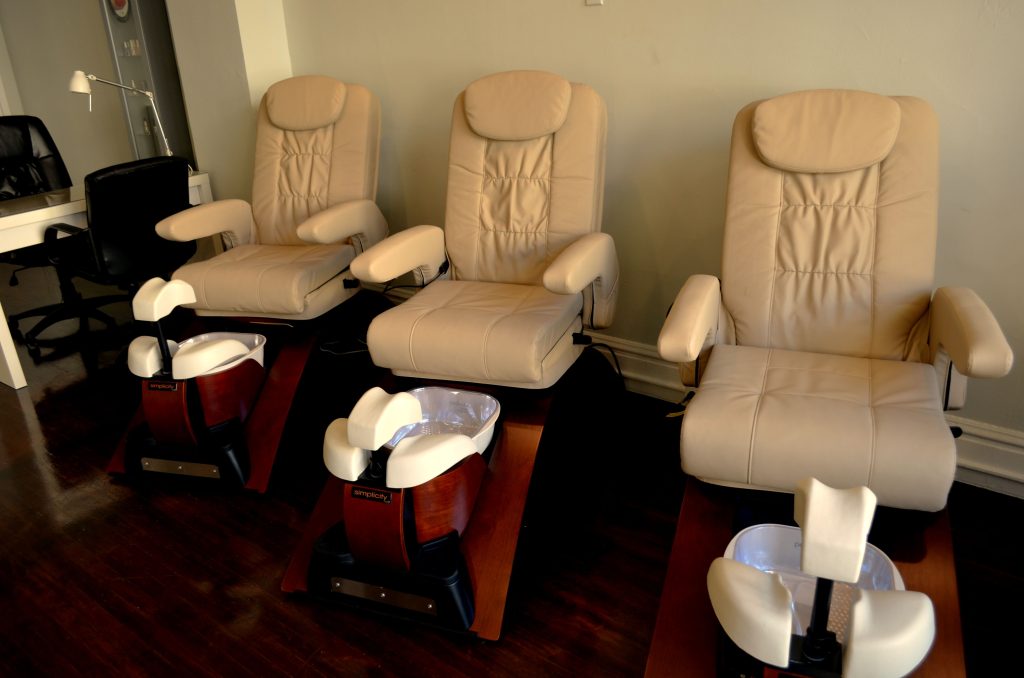 A customer sustaining severe and permanent injuries from a slip and fall accident at a business can cause one to wonder about the potential liability of the business owner. This can become even more complex in a situation where the business owner has leased the unit from the party that owns the building. A building owner may be liable for the injury, even when the unit has been leased out.
A customer sustaining severe and permanent injuries from a slip and fall accident at a business can cause one to wonder about the potential liability of the business owner. This can become even more complex in a situation where the business owner has leased the unit from the party that owns the building. A building owner may be liable for the injury, even when the unit has been leased out.
On October 24th, 2014, Ms. Greer visited Sportsman’s Hairadise in Ponchatoula, Louisiana. Ms. Greer claimed that a salon employee instructed Ms. Greer to park behind the building and then access the unit through the rear entrance of the building. Ms. Greer used this entrance and had to take a single step down to enter the salon. Unfortunately, as Ms. Greer navigated down the step, she fell down and hit the concrete floor. Ms. Greer alleged that the fall caused severe, permanent, and debilitating injuries. Sportsman’s Hairadise leased the premises from Railroad Square, LLC (“Railroad Square”), which owned the building.
Ms. Greer filed a lawsuit against Railroad Square in the Twenty-First Judicial District Court for the Parish of Tangipahoa, Louisiana. Ms. Greer alleged that the premises contained several defects presenting harm. These harms included a step-down of greater height than allowed by building code, a surface made up of different gradients, an absence of handrails, a lack of adequately marked surface edges, and insufficient warnings of the step-down.
Railroad Square responded to this lawsuit by filing a motion for summary judgment, arguing two things. One that Railroad Square did not have custody or garde of Sportsman’s Hairadise. Two, the lease agreement between Railroad Square and Sportsman’s Hairadise provided that the hair salon was responsible for maintaining the premises, which included the floors. Therefore hair salon was liable for damages from the fall under La. R.S. 9:3321. The district court granted Railroad Square’s motion for summary judgment, dismissing Ms. Greer’s lawsuit. Ms. Greer appealed the decision of the district court, arguing that Railroad Square did, in fact, share the garde of the premises and that Railroad Square had actual knowledge of the defects that caused the accident.
A motion for summary judgment may be supported or opposed by using different types of evidence. La. C.C.P. art 966(A)(4). The burden of proof for summary judgments falls to the party that files the motion. La. C.C.P. art 966(D)(1). If the party that files the motion would not have the burden of proof at trial, then the party that filed the motion can point out the lack of evidence presented by the adverse party. La. C.C.P. art 966(D)(1). If that person responding then fails to provide evidence that would meet the burden of proof required, there is no genuine issue of material fact, and the motion should be granted in favor of the movant. La. C.C.P. art 966(D)(1). This means for Ms. Greer to overcome Railroad Square’s motion for summary judgment, Ms. Greer was required to offer evidence that would meet the burden of proof required of her at trial.
The First Circuit Court of Appeal of Louisiana determined that the district court was incorrect in granting Railroad Square’s motion for summary judgment. The Court of Appeal came to this decision under La. R.S. 9:3221. When the lease agreement between two parties assigns the leasing party to assume the risk for any defect of the property, this agreement is binding unless the owner or the property knew of the defect, should have known of the defect, or had received notice of the deficiency, and failed to fix the defect in a reasonable amount of time. See La. R.S. 9:3221.
The court noted that since Railroad Square did not have the burden of proof at trial, Railroad Square could have pointed out the lack of evidence offered by Ms. Greer to support her claim. However, Railroad Square submitted an affidavit of Ms. Ebrecht. In this affidavit, Ms. Ebrecht mentioned that she was unsure if the prior tenant installed the previous carpet or if this was done by Railroad Square. Ms. Ebrecht also claimed that Railroad Square had owned the building for an extended period. The court determined that the admission that the prior tenant may have been the party to have installed the carpet created a genuine issue of material fact as to whether Railroad Square knew or should have known that there were surfaces of different textures. Additionally, since Ms. Ebrecht noted that the building was owned by Railroad Square for an extended period, this raised a genuine issue of material fact as to whether the company knew of the defect concerning the height of the step.
Finding an attorney that avoids providing evidence supporting the claim of an adverse party can save a party thousands of dollars. In legal fees, Due to the technicalities of the litigation system, a party should not presume that just any attorney will be able to navigate such a complex system.
Additional Sources: MONCIA GREER VERSUS SPORTSMAN’S HAIRADISE, LLC, BRITTANY DOMINGUEZ, JANE DIE, AND RAILROAD SQUARE, LLC
Written by Berniard Law Firm Blog Writer: Brandon Tuley
Additional Berniard Law Firm Articles on Slip and Fall Injuries: Popeye’s Picks the Wrong Statute for Slip and Fall Case
 Louisiana Personal Injury Lawyer Blog
Louisiana Personal Injury Lawyer Blog

